10 Medical Uses For Duct Tape
After World War II, duct tape was widely used for a wide range of purposes. This well-known tape is a wonderful solution used to fixe all kinds of things around the house, however, it also offers some medical benefits. If there is a first aid kit within the home, duct tape is a great item to add to the collection of emergency medical remedies. Whether it is a temporary fix or a practical solution, here are 10 medical uses for the silver tape we all know and love.
10. Target Warts
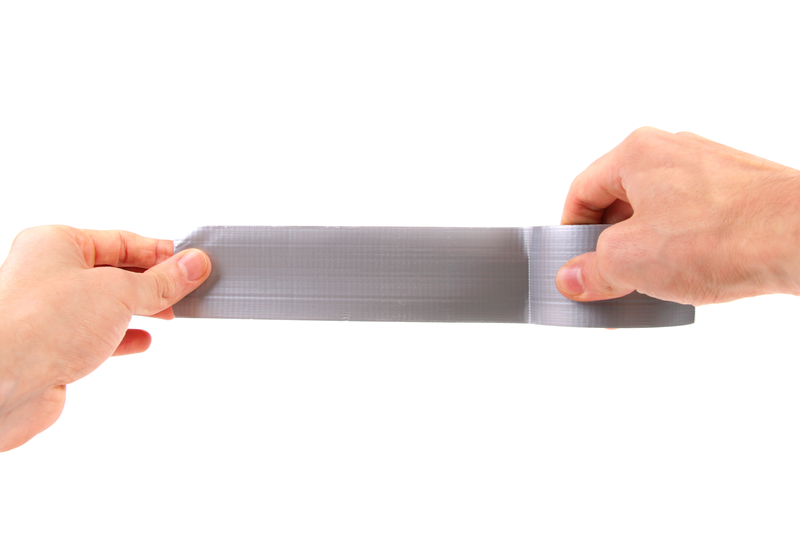
A wart grows on the surface of the skin, but how do you effectively treat it at home? Apparently duct tape can come to the rescue, helping to remove warts. Researchers have stated duct tape is not only less painful than liquid nitrogen, it is more effective.
This purpose was supported within a published study, where participants with warts wore duct tape for a total of six days. Once the duct tape was removed, the affected area was soaked in water and an emery board was used to rub the spot where the wart was growing. This process continued until the wart was completely gone, up to a maximum of two months.
9. Cover Blisters
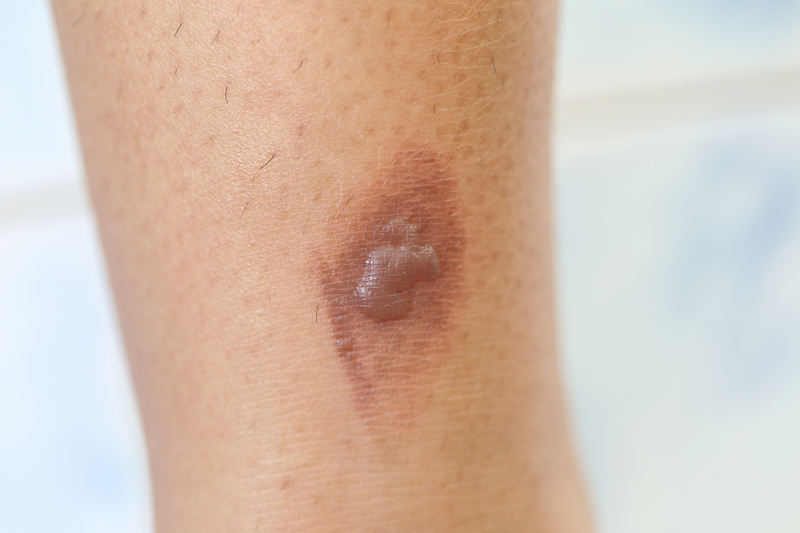
A blister on the foot, can affect the ability to run and walk. Have you ever walked all day, feeling as though a blister is developing, becoming more and more irritated? Before experiencing immense itching and burning, apply a little piece of duct tape to reduce friction.
If a blister has already developed, the glue on duct tape could be painful. To reduce rubbing without any future pain, place a small piece of paper on the duct tape in order to cover the blister. That way, the sticky area of the duct tape will attach to the skin, not the blister.
8. Taping Joints and Bones

Sometimes it is necessary to think fast, finding relief for sore joints or a sprained finger. In these instances, a splint can protect the affected area, reducing the risk of further damage. For those who enjoy hiking, duct tape is a great addition to the kit of safety supplies, as you never know when you may need a brace or splint.
If a broken bone needs treatment, two sticks and some duct tape will do the trick until there is access to proper care. If gauze is available, even better! In the case of a broken arm, for instance, it is necessary to minimize movement. Place a stick on both sides of the arm, wrap with gauze (if available), then use the duct tape to secure.
7. Standard Bandage
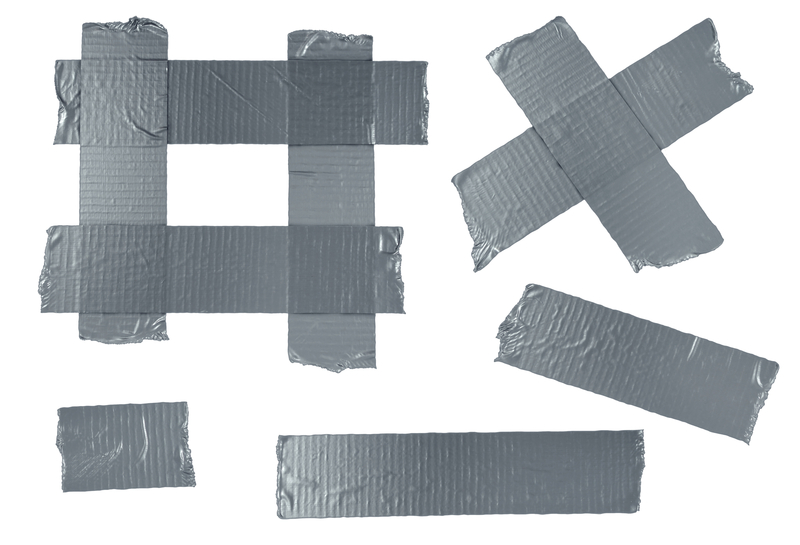
Far too often a nick will happen in the kitchen or while shaving, only to discover no bandages are available. If there is need for an emergency bandage, duct tape is the perfect water-resistant solution. As long as there is gauze available, the wound can be covered with the soft gauze material and wrapped with duct tape.
If gauze is not available, a small piece of clean tissue or cloth will also do the trick. A small strip of duct tape is all that is needed, don't overdo it. Make sure the area is cleaned first, then change the 'duct tape bandage' frequently. Once the bleeding stops, ensure the wound is exposed to oxygen between changes.
6. Remove a Splinter
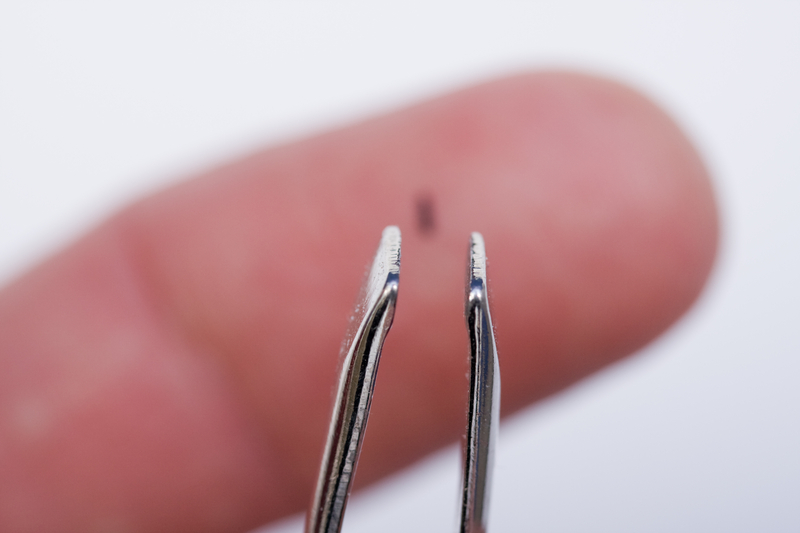
Nothing is worse than a splinter that just doesn't want to come out. Once it works its way under the skin, the splinter can increase the risk of infection. The key is removing it without making the process too painful. Before doing anything, wash the area well. The skin around the splinter needs to be kept as clean as possible.
Next, soak the affected area in water and Epsom salt. This will help bring the splinter closer to the surface, especially when it's fairly deep. Now, it's time for the duct tape's role. Place a small strip of duct tape over the affected area, then leave it on for thirty minutes or so. Slowly peel the duct tape away and the splinter should come with it.
5. Prevent Injury
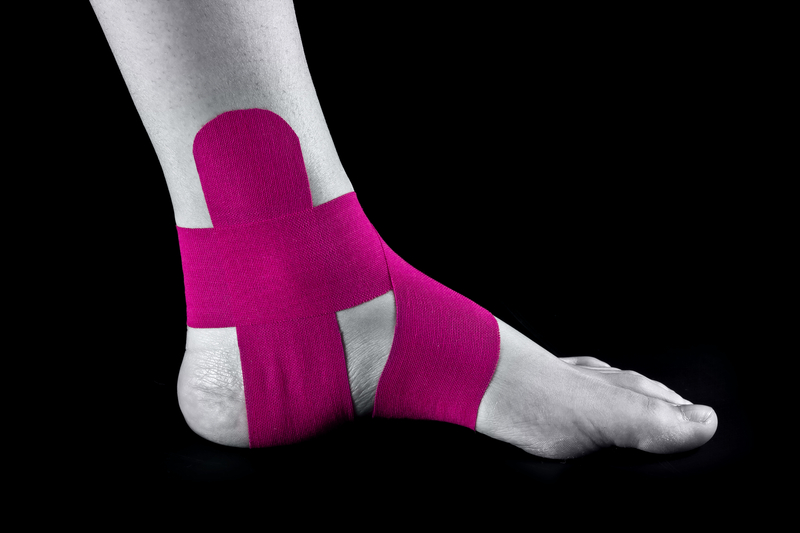
Sometimes the best approach to medicine is implementing prevention strategies. In this case, many athletes are taping their ankles in order to prevent injury. When applied correctly, it can provide strong, yet lightweight support. Instead of wrapping it around the ankle, place a strip of duct tape lengthwise (so that it's taped up the calf). This matches the elasticity in the skin so the ankle and body tissues can move and flex naturally.
4. Hold A Wound Together
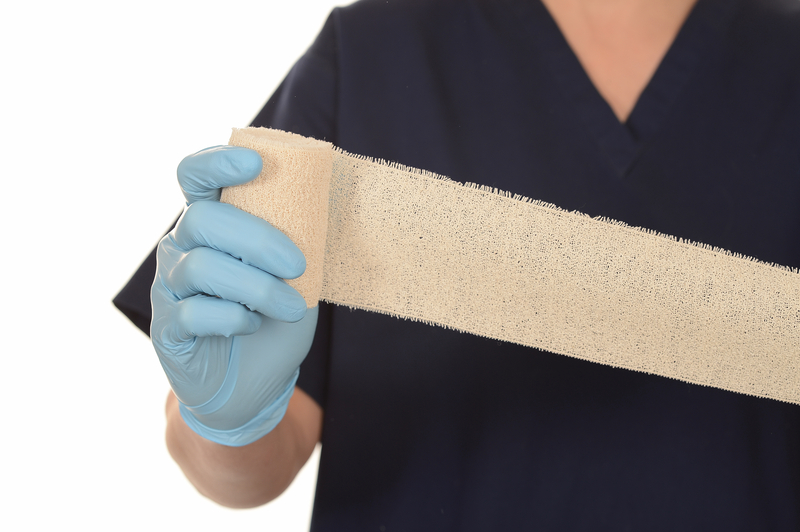
In the event of experiencing a large gash or wound, it needs to be sealed it until it is possible to get to the doctor. Although duct tape isn't a replacement for stitches, it can reduce blood loss until medical attention is received. A butterfly suture is possible using duct tape alone.
This will also reduce the risk of infection and reduce scarring. It's important to note that butterfly stitches aren't meant to cover an entire wound like a bandage is. Instead, they are designed to hold both sides of the skin together. This is a similar approach to superglue when a wound needs to be held together quickly without the appropriate equipment being available.
3. Seal A Bug Bite
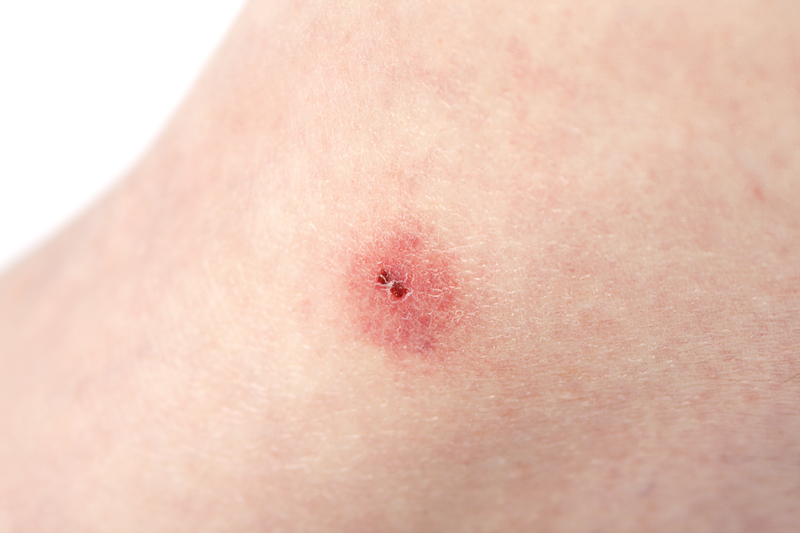
Whether bitten by a spider or a mosquito, it's important to avoid scratching the bite itself to reduce the itching. As soon as the scratching begins, it makes matters worse, opening the area up to an infection. As soon as a bug bite occurs, reach for the duct tape. As long as it's not an open bite or sensitive area, a small piece of duct tape can be placed directly on the skin.
Seal off the bite and reduce scratching. If you don't mind a brief sting, apply a little lemon juice or apple cider vinegar to a piece of gauze, apply and then seal with duct tape. Both of these additional ingredients help clean the area to reduce the risk of complications.
2. Eliminate Ticks
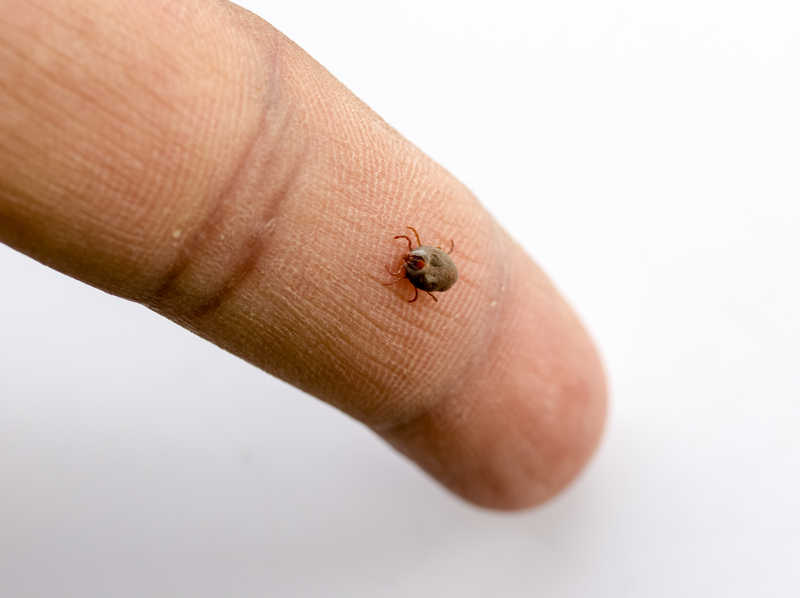
Ticks are not only gross, they can carry disease — particularly Lyme disease. Spring and summer means spending more time outdoors. Ticks feed on warm-blooded hosts, such as humans and dogs. Once they bite, they can transfer highly dangerous bacteria.
Since they latch on and attach to the surface of the skin, they need to be removed as quickly as possible. Ideally, it needs to be removed within 24-hours of attachment. This can significantly reduce the risk of disease. Simply apply duct tape and pull easily. Remove any clothing and throw it into the dryer to kill the ticks and their larvae.
1. Target Scars or Stretch marks

Some people swear by this method, helping to reduce the look of scars and stretch marks. It's simple and affordable, helping to reduce the appearance of problematic areas. Apply a piece of duct tape to the affected area, leave it on overnight, removing it after a shower.
This will starve the tissue of oxygen and in turn, white blood cells rush to the area. This is similar to the suggested wart treatment. Although it will not erase a scar or stretch marks, duct tape can reduce visibility.
